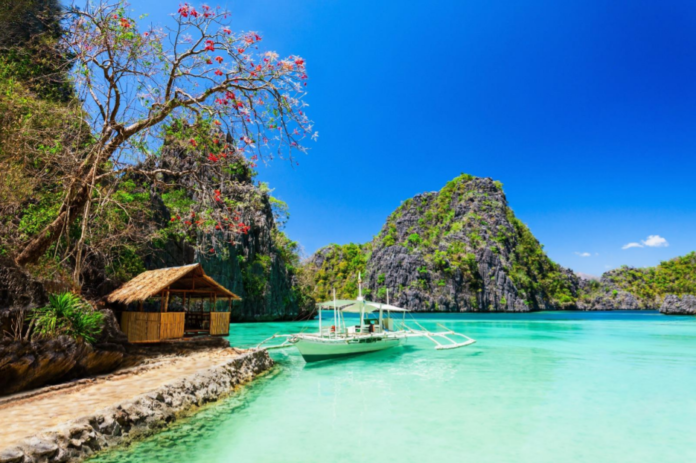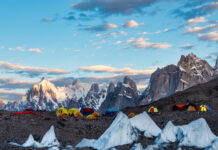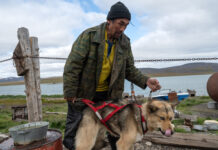If you are planning to take the ultimate vacation, the Philippines is your gateway to paradise. With over 7,000 different islands and countless things to see and places to explore, you will be spoilt of choice.
Don’t be surprised if you wind up staring at an endless bucket list and wondering if it would be more prudent to simply move to the Philippines in order to experience all the wondrous things it has to offer. To help you narrow down your itinerary, here are 5 highlights that you cannot miss when you visit the Philippines.
Organise your own Banca Safari for less than US$80 a day
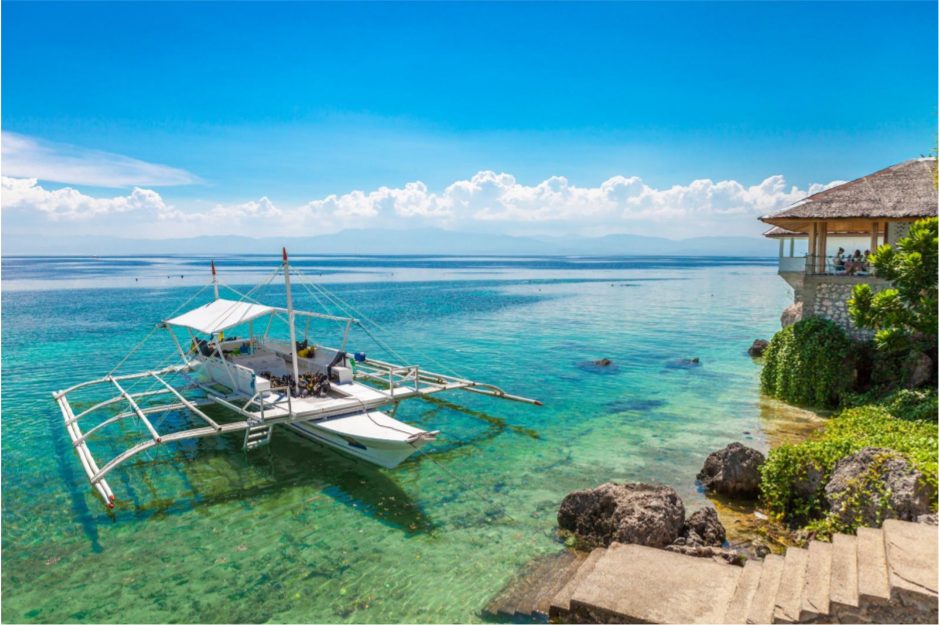 If you are an avid diver or are simply looking to experience something new and tick scuba diving off your bucket list, then the Philippines is the place for you. Here, you can plot your own route or BancaFari, and beat the crowds by avoiding the more common dive sites in favour of something new and exciting.
If you are an avid diver or are simply looking to experience something new and tick scuba diving off your bucket list, then the Philippines is the place for you. Here, you can plot your own route or BancaFari, and beat the crowds by avoiding the more common dive sites in favour of something new and exciting.
Dive in uncharted reefs or experience the joys of night diving after others have returned to their hotels. Experience the unique feeling of true exploration when you dive into the unknown or explore a cave that few have been to before.
All you need is a rentable banca (small local boat), a willing captain and crew, a compressor with tanks, a local divemaster, provisions for a couple of days, and you’re set to go on your once in a lifetime journey into the waters of the Philippines. There are operators who will rent out their banca. The best approach is to arrange it with a local dive shop. You need a banca, compressor, three tanks per person, and sleeping accessories like hammocks. This service is available throughout the Philippines.
When To Go
November to April is the best time to go in order to avoid typhoon season.
See The Active Mayon Volcano
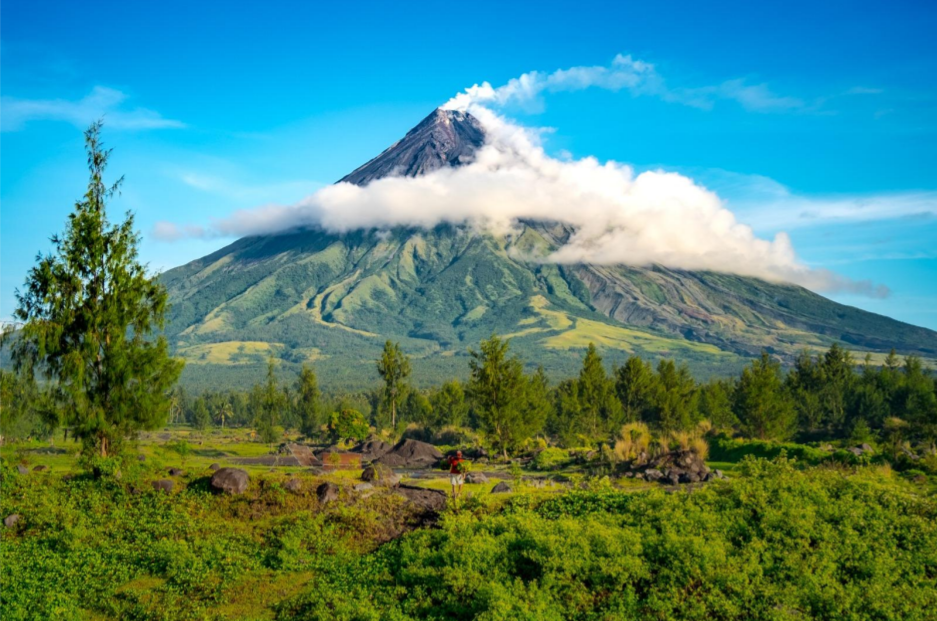 Located in Albay, Bicol at the southeast end of Luzon island, the Mayon Volcano of Mayon Volcano Natural Park, also known as Mount Mayon, is a famous landmark in the Philippines. The volcano has picked up the nickname “Perfect Cone” due to its symmetrical cone shape. Aside from hiking up the slopes of Mount Mayon, visitors can look forward to ecological tours.
Located in Albay, Bicol at the southeast end of Luzon island, the Mayon Volcano of Mayon Volcano Natural Park, also known as Mount Mayon, is a famous landmark in the Philippines. The volcano has picked up the nickname “Perfect Cone” due to its symmetrical cone shape. Aside from hiking up the slopes of Mount Mayon, visitors can look forward to ecological tours.
The Mayon Volcano Natural Park is among the 17 protected areas in the Bicol Region – and encompasses a large number of habitat types that are unique, diverse, and extremely important at the national (in Philippines) and international levels (in Southeast Asian and Asia).
ATV rides that allow you to explore the exotic terrain of the area are also available, and you can even consider camping there. However, while its sheer majesty attracts tourists far and wide, Mayon Volcano remains the country’s most active volcano. As such, tourists need to be cautious and check for eruption alerts.
When To Go
Legazpi City is a year-round destination, but it is best visited during the dry months between March through May. A considerable amount of rainfall is expected from July to September. If you want to make the most out of your trip, visit tourist spots early in the morning to avoid the crowd.
Getting there
When heading for Legazpi, Albay, or Bicol region, the main jump-off point is Metro Manila in Luzon. In Visayas, you can also get to Legazpi from Cebu and Leyte. Booking a flight is the fastest way to get to Albay from Manila. Travel time from Ninoy Aquino International Airport (NAIA) in Manila to Legazpi Airport takes about 45 minutes.
If you are coming from Cebu, there are direct flights available. If you have the luxury of time and would rather go for a road trip experience, you can take a bus from Manila to Legazpi. This journey will take around 9 hours. Last but not least, visitors traveling from Leyte or Cebu can take the 12-15 hour trip via ferry from Masbate Port to Legazpi, Albay.
Soar over the magnificent Chocolate Hills of Bohol
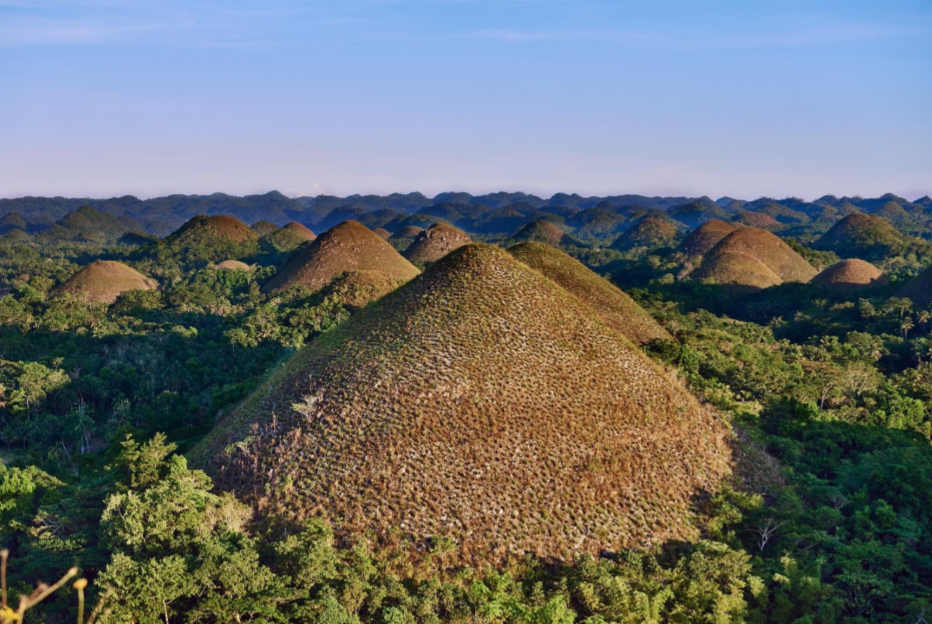 With a name that sounds straight out of Willy Wonka’s factory, the Chocolate Hills of Bohol are iconic to the Philippines. These dome-shaped mounds have been repeatedly compared to Hershey’s Kisses. With over 1,000 of these symmetrical, Hershey’s Kisses mounds it’s no wonder the place earned the name Chocolate hills.
With a name that sounds straight out of Willy Wonka’s factory, the Chocolate Hills of Bohol are iconic to the Philippines. These dome-shaped mounds have been repeatedly compared to Hershey’s Kisses. With over 1,000 of these symmetrical, Hershey’s Kisses mounds it’s no wonder the place earned the name Chocolate hills.
Sadly, it’s not actually made of chocolate. Nevertheless, visitors can look forward to viewing the hills from above while riding a bike zipline, or better yet, a surf zipline at the Chocolate Hills Adventure Park (CHAP), an eco-tourism park located at the town of Carmen. You can also rent ATVs for a more up close exploration of the Chocolate Hills.
When To Go
As their name implies, the Chocolate Hills’ distinctive brown color is a result of the dried vegetation covering the hills, which is best viewed from January to May. The best time to see the Chocolate Hills are during sunrise and sunset, especially if you are viewing them from the complex in Carmen.
Getting there
There are direct flights to Tagbilaran, the principal gateway to Bohol. Tourists can also book a flight to Cebu and then take a ferry to Bohol. The ferry would take around 90 minutes of travel time. From Tagbilaran, you can take a bus to Carmen so your journey from Tagbilaran to Chocolate Hills will be easy. Simply ask the bus driver to drop you off at Chocolate Hills.
Go on a diving safari in Tubbataha
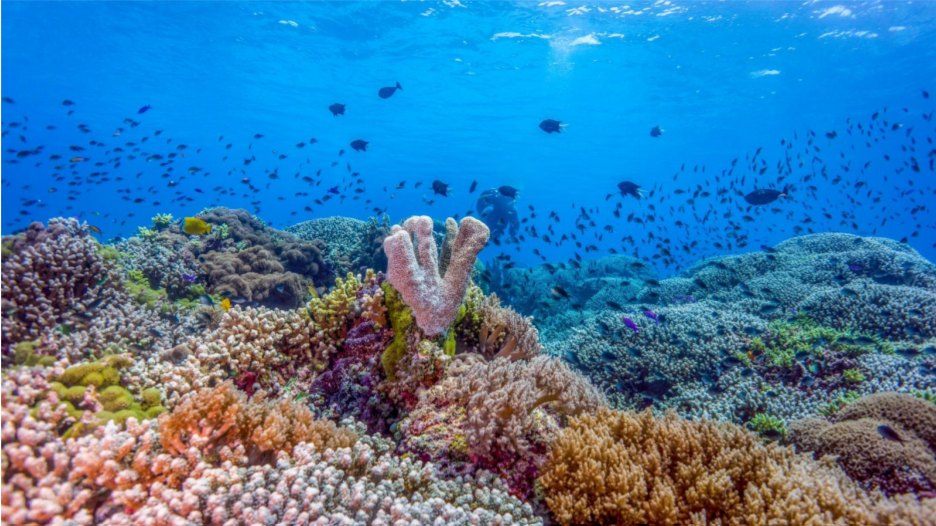 A renowned UNESCO World Heritage Site and ASEAN Heritage Park, Tubbataha is well known for its stunning reef scenes, a dizzying amount of reef life, and amazing visibility. The spectacular and pristine reef scapes of Tubbataha are only accessible via liveaboard for a reason; there is virtually no land in sight.
A renowned UNESCO World Heritage Site and ASEAN Heritage Park, Tubbataha is well known for its stunning reef scenes, a dizzying amount of reef life, and amazing visibility. The spectacular and pristine reef scapes of Tubbataha are only accessible via liveaboard for a reason; there is virtually no land in sight.
The three reef areas – North Atoll, South Atoll, and the Jessie Beazley Reef – comprise the
130,000-hectare marine protected area in the middle of the Sulu Sea in the Palawan region. The beautiful dive sites consist mainly of walls and drop-offs.
Beyond diving, Tubbataha has a ranger station on a small sandbar in the North Atoll. It is a good place to visit and learn how the brave men who live there protect and police the reefs. The area is also a bird sanctuary, with two islets being breeding grounds for six seabird species and supporting more than 20,000 birds.
When To Go
Tubbataha is open all year-round but the weather is inhospitable outside the regular known season from March to June. Visibility can be up to a staggering 100 metres on a sunny day, but can also drop to 10 metres when the tide changes. Water temperature is a comfortable 28-30°C.
Getting there
To reach Palawan you will need to fly to Manila, before taking a domestic flight to Puerto Princessa, The Tubbataha area can only be accessed by liveaboard, usually over the course of a week. There are several options to choose from, and longer transition trips can also be found in conjunction with other areas within the Philippines like Apo Island, Dauin, and Cabilao. The diving season lasts around four months between February and June so planning in advance is advised.
Visit the Hanging Coffins of Sagada
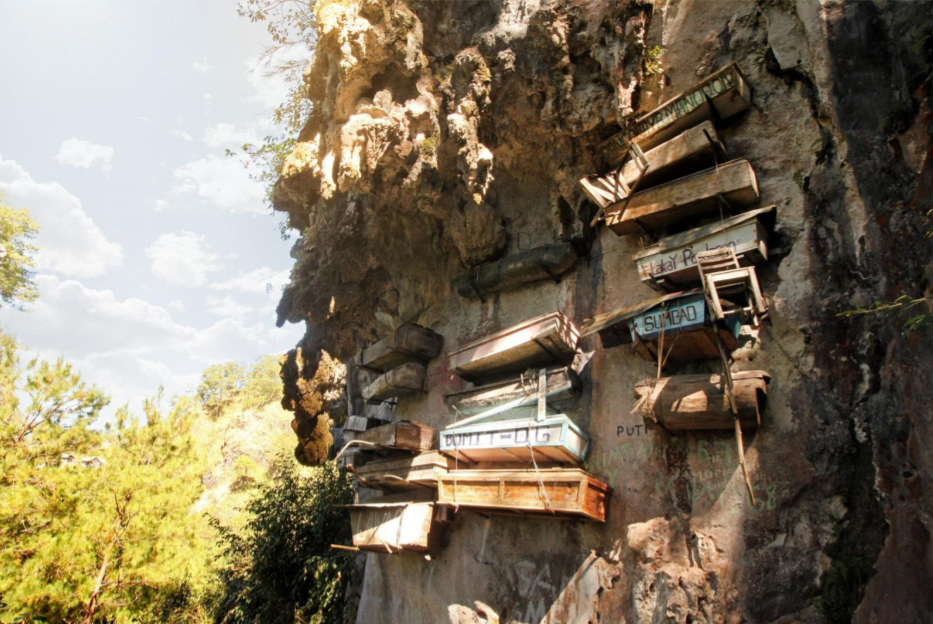 For those into the macabre, the Hanging Coffins of Sagada is a mysterious and intriguing destination to add to your itinerary. Unlike most places in the world, the people of Sagada do not bury their dead underground.
For those into the macabre, the Hanging Coffins of Sagada is a mysterious and intriguing destination to add to your itinerary. Unlike most places in the world, the people of Sagada do not bury their dead underground.
Instead, their coffins are hung inside caves and on cliffsides. There is a belief that the higher a corpse is placed, the greater chance their spirits will attain a higher nature in the afterlife. This form of burial has been ongoing for over 2,000 years in Sagada, with some coffins well over a century old still hanging on.
Many of these coffins are difficult to reach (and should be left alone out of respect), but they can be appreciated from afar, so bring a pair of binoculars or a telephoto camera to view these remarkable coffins from a respectful distance. Note that the coffins deteriorate and fall, so make sure not to stand directly underneath them.
When To Go
The best time to go to Sagada is from November to February. The weather is cool and dry with average temperatures at around 15-17°C (59-63°F).
Getting there
To get to Sagada, you will need to take a 4.5-hour bus ride from Manila to Baguio. From there, you can take a bus or taxi to Sagada, a trip that will take about 6 hours. Once in Sagada, take a taxi to St. Mary’s Church. Go past the church and cemetery and make your way down into the valley. From the top, it’ll be a relatively easy 15-20 min hike to the coffins.
For more information about travelling to the Philippines, please visit here.
Travelling in the Philippines during COVID19, please visit here.


